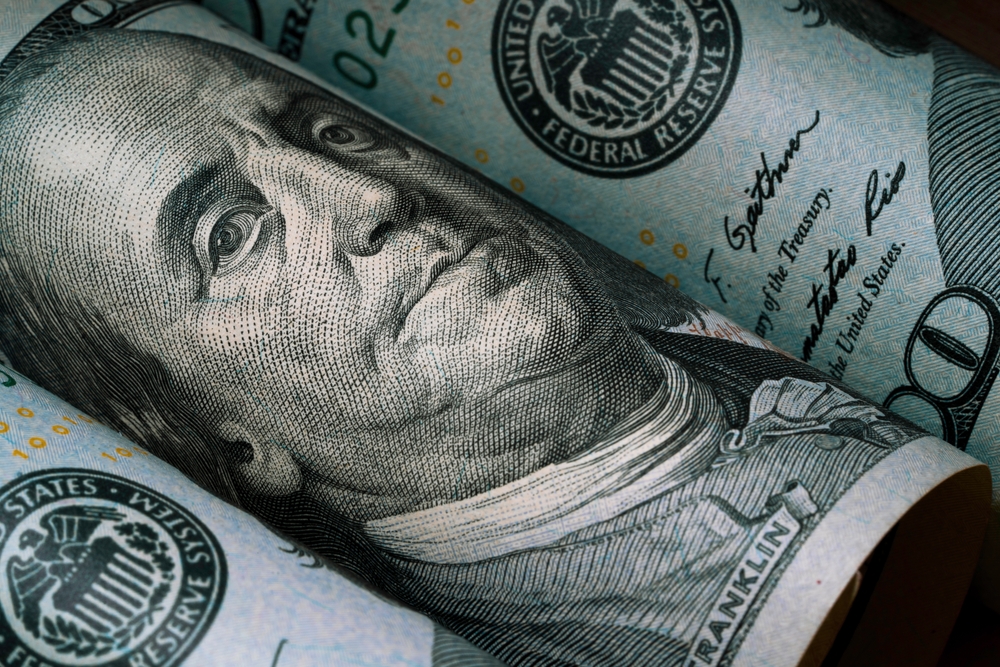President-elect Donald Trump has consistently highlighted tariffs as a cornerstone of his economic policy, proposing a 10% to 20% blanket tariff on all imports and even higher rates of 60% to 100% on goods from China. Trump’s vision is to leverage these tariffs as a source of revenue and as a tool for rebalancing economic relations with other nations.
“We’ve given to the world for 75 years; now it’s time they pay us back,” Trump stated during a September debate.
At their core, tariffs are taxes on imported goods, but they are not directly paid by the exporting country. Instead, the U.S. companies importing these goods absorb the cost, which can then be passed to American consumers. Tariffs have two main functions: protecting domestic industries by making imported products less competitive and raising government revenue.
According to the Tax Foundation, a 10% tariff could generate $2 trillion in revenue from 2025 to 2034, while a 20% tariff could yield $3.3 trillion. However, even with this revenue, it falls short of offsetting the fiscal impact of making Trump’s 2017 Tax Cuts and Jobs Act (TCJA) permanent. Despite Trump’s assertion that tariffs could replace federal income tax, the Peterson Institute for International Economics deemed such a shift “literally impossible.”
The Consumer Cost of Tariffs
One major downside of imposing tariffs is the higher cost of goods for consumers. George Ball, chairman of Sanders Morris, notes, “Ultimately, the cost of tariffs will be paid by us, the consumer. They’ll be buying things at higher prices than they otherwise would.”
While the exact impact on prices can be complex to determine, some figures provide a rough estimate. The Peterson Institute for International Economics estimates tariffs could cost U.S. households $2,600 annually. The Tax Foundation found that a 10% universal tariff could increase household expenses by an average of $1,253 in 2025, while a 20% tariff could raise costs by $2,045.
Potential for a Trade War
A significant concern is that aggressive tariff policies could lead to retaliatory measures from other nations, sparking a trade war. Sam Millette, director of fixed income at Commonwealth Financial Network, warns, “What you tend to see is a reaction from other countries, creating government interventions that raise prices for consumers in both impacted nations.” Such outcomes not only increase consumer prices but can disrupt supply chains and strain diplomatic relations.
Historical Context: Trump previously imposed tariffs on Chinese imports like aluminum, steel, and semiconductors during his first term, with inflation remaining moderate during that time. However, the Biden administration kept many of those tariffs in place, even increasing them in some areas.
Economic and Political Reactions
Financial and policy experts agree that Trump’s tariff plan could bring mixed results. Howard Gleckman of the Urban-Brookings Tax Policy Center asserts, “If President Trump raises tariffs, American consumers are inevitably going to pay more.” On the campaign trail, Democrats echoed this sentiment, estimating an annual cost of $4,000 per middle-class family, supported by think tanks across the political spectrum.
While Trump’s proposed tariffs may generate substantial revenue and signal economic strength, they come with the trade-off of higher consumer costs and potential retaliation from trading partners. Whether these policies will bolster or hinder the U.S. economy depends on their execution and the global response.


